Why So Many LGBTQ People are Otaku – The Link Between Queer and Japanese Pop-Culture
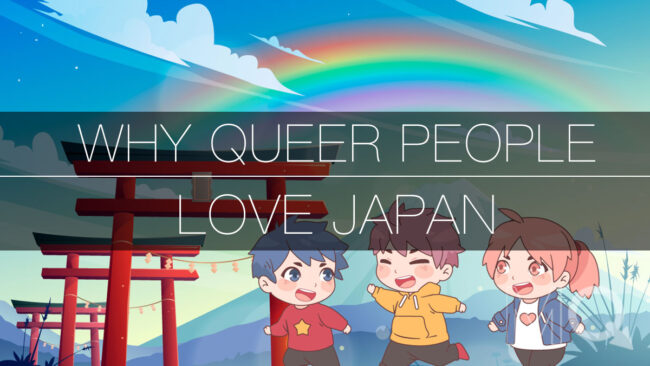
There’s no doubt that queer culture and Japanese pop culture have a strong connection. For many LGBTQ people, anime, manga, and video games are more than just a hobby – they’re a way of life. But what is it about Japanese pop culture that is so attractive to the LGBTQ community?
Otaku and Queer Culture Share Much in Common
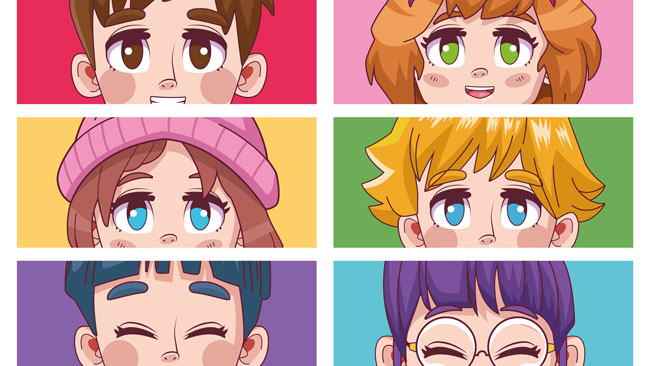
For many queer people, anime, manga, and video games provide a much-needed outlet for their creativity and imagination. Japanese pop culture encourages fans to express themselves in a way that is creative and unique, which is most often not possible in other sub-cultures.
One reason may be that queer people often feel like they don’t fit in with mainstream society. They may not feel like they belong in the traditional family unit, or they may not identify with the gender roles that are typically assigned at birth. Japanese pop culture provides queer people with a space where they can feel accepted and understood.
The strong connection between queer culture and Japanese pop culture may also be that queer people are often drawn to stories and characters that challenge traditional ideas about gender and sexuality. In many anime and manga, for example, gender roles are fluid and characters often cross-dress or play with traditional ideas about what it means to be a man or a woman. This can be liberating for queer people who feel constrained by traditional gender roles.
The History of Queerness and Japanese Anime
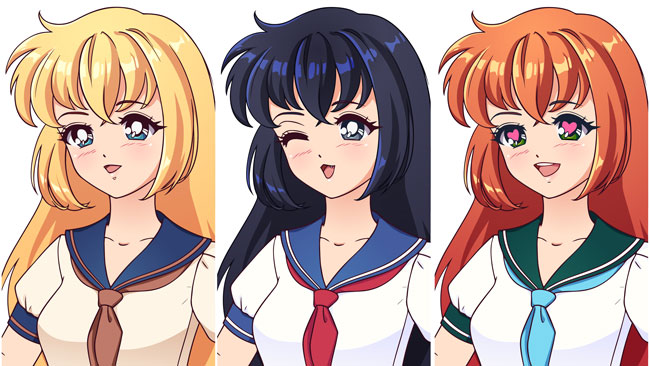
The connection between queer culture and Japanese anime is not new. In fact, it has its roots in the early days of anime itself. One of the earliest modern examples of queer-themed anime is “Sailor Moon,” which was first aired in 1992. The show follows the adventures of a group of young girls who transform into superheroes to fight evil.
While “Sailor Moon” may seem like a typical shoujo anime (anime aimed at young girls), it actually contains several queer-themed elements. For example, the main character, Usagi, often cross-dresses as her alter ego, Tuxedo Mask. In addition, several of the supporting characters are queer-coded, such as the effeminate villain Zoisite and the tomboyish Sailor Uranus.
“Sailor Moon” was groundbreaking in its depiction of queer characters and themes. It paved the way for other queer-themed anime, such as ” Revolutionary Girl Utena” (1997) and “Cardcaptor Sakura” (1998). These shows were built on the foundation laid by “Sailor Moon” and challenged traditional ideas about gender and sexuality.
Today, queer-themed anime is more popular than ever. Shows like “Kill la Kill” (2013), “Tokyo Ghoul” (2014), and “Yuri!!! on Ice” (2016) have been praised for their queer-friendly themes and characters. These shows are proof that the connection between queer culture and Japanese anime is stronger than ever.
Yaoi Helped to Bring Same-Sex Love Stories Mainstream
The strong connection between queer culture and Japanese anime is largely due to the popularity of the Yaoi genre. Yaoi is a sub-genre of Japanese manga (comic books) that focuses on male-male relationships.
Yaoi was one of the first genres to popularize queer relationships in Japanese media. In the early days of Yaoi, queer relationships were often used as a way to subvert traditional ideas about gender and sexuality.
While Yaoi was originally created for queer audiences, it quickly gained popularity with straight women. This is because Yaoi stories often explore the idea of queer relationships in a safe and non-threatening way. In addition, many Yaoi stories contain elements of romance, drama, and sex, which appeal to straight women.
For example, in the early Yaoi manga “The Yellow House” (1978), the main character is a gay man who cross-dresses as a woman. This was a radical idea at the time, and it helped to challenge traditional ideas about gender and sexuality.
Early Examples of Same-Sex Love in Japanese Manga
Yaoi has come a long way since its early days. Today, Yaoi manga is widely popular, and it continues to push the envelope when it comes to queer relationships. For example, the Yaoi manga “Gravitation” (1996) is one of the first manga to focus on a committed, long-term relationship between two gay men. This was a groundbreaking development, and it helped to normalize queer relationships in Japanese media.
The popularity of Yaoi helped to bring queer relationships into the mainstream. It also paved the way for other queer-themed genres, such as Yuri (lesbian-themed manga) and Bara (gay-themed manga).
Yaoi has had a profound impact on queer culture in Japan and around the world. It has helped to shape the way queer relationships are portrayed in Japanese media and popular culture.
“Shipping” Bisexuality, and the Sexuality Spectrum of Japanese Anime
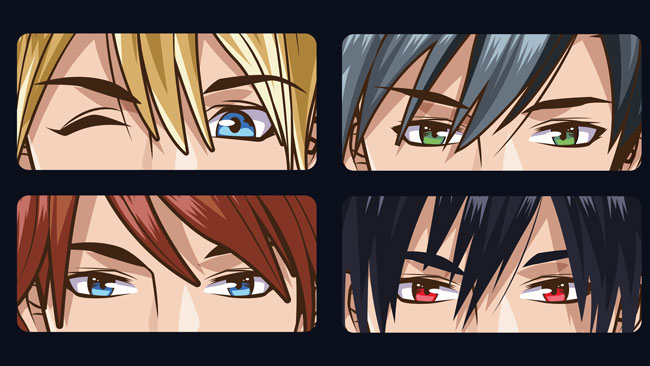
One of the most popular tropes in Japanese anime is “shipping.” Shipping is the act of pairing two characters together in a romantic or sexual relationship. Shipping is often done by fans of the show, and it can be seen as a form of wish fulfillment.
While Shipping is often done with heterosexual couples, it is also common to “ship” gay couples. In fact, many of the most popular ships are between two male characters.
One popular example of Shipping in Japanese Anime includes the popular anime “Fullmetal Alchemist” between Edward Elric and Roy Mustang. While the relationship between Edward and Roy is never explicitly stated to be romantic or sexual, there are a lot of hints and subtext that suggest that they are more than just friends.
This ambiguity is one of the things that makes Shipping so fascinating. It allows fans to interpret the relationships in whatever way they want. This is because queer-themed anime is often aimed at a straight female audience. Shipping allows straight women to explore their own attraction to other women in a safe and non-threatening way.
While Shipping is often done for fun, it can also be used to make a statement about queer relationships. Shipping two male characters together can be seen as a way of normalizing queer relationships.
It can also be used to challenge traditional ideas about gender and sexuality. For example, Shipping two male characters who are traditionally straight can be seen as a way of pushing the boundaries of what is considered “normal.”
Shipping is just one example of how Japanese anime is exploring queer relationships. These shows are helping to change the way queer relationships are portrayed in popular culture as a whole.
The Influence of Japanese Cosplay on Drag Culture
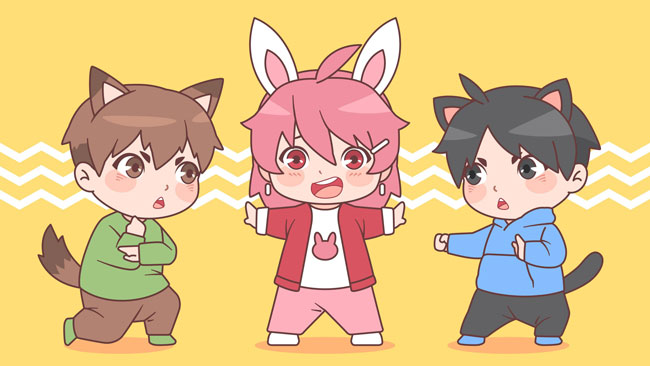
One of the most visible ways that queer culture has been influenced by Japanese anime is through the art of drag. Drag queens often dress up as their favorite anime characters, complete with elaborate costumes and make-up.
Drag queens have been inspired by a wide range of anime characters, from the iconic queer-coded villain Zoisite from “Sailor Moon” to the gender-fluid protagonist Haruka from “Revolutionary Girl Utena.” By dressing up as these characters, drag queens are not only paying homage to their favorite anime, but they’re also subverting traditional ideas about gender and sexuality.
The influence of Japanese anime on drag culture is evident in the popularity of “RuPaul’s Drag Race.” The show, which features queer contestants competing in a series of challenges, has been credited with popularizing drag culture among queer people. Many of the show’s contestants have cited anime as a major influence on their drag style. For example, season nine contestant Kim Chi is known for her over-the-top costumes and make-up, which she has said are inspired by Japanese anime. Monique Heart and Daya Betty have also credited anime for their unique drag style.
Japanese Cosplay and Drag Culture Share Common Themes
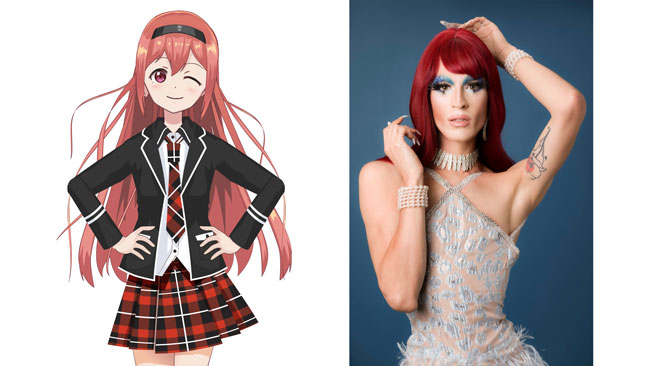
Japanese cosplay and drag culture share much in common. Both subcultures involve dressing up as queer-friendly, gender-fluid characters and subverting traditional ideas about gender and sexuality.
Japanese cosplay and drag have many common themes and styles. Similarities include exaggerated hair, eyes, make-up, and costume they overlap between the two. This transformation into a strong character, with confidence and a unique identity, resonates with many LGBTQ people who may have struggled with self-identity and confidence in the past.
Why Are Video Games So Popular Among LGBTQ People?

For many LGBTQ people, video games provide an escape from the real world, which can often be harsh and unaccepting. For queer people, video games offer an escape from the everyday struggles of living in a heteronormative society. In a world where queer people are often marginalized, video games can be a powerful tool for self-acceptance and empowerment.
They provide a chance to create a new identity and explore queer-friendly narratives and characters. Video games proved popular for queer people thanks to their ability to let players have control over their narrative. For transgender people, video games offer a chance to create a new identity and create a digital avatar that better represents how they see themselves in the real world.
In particular, role-playing games (RPGs) have been popular among queer people, as they offer a high degree of customization and player control.
Some of the most popular queer-friendly video games (although not Japanese) include “Dragon Age: Inquisition,” “The Witcher 3: Wild Hunt,” and “Mass Effect: Andromeda.” Modern RPGs which pay homage to their JRPG roots let players choose their gender, sexuality, and romantic partner, giving them a level of control not often found in the real world.
Examples of Queer Characters in Japanese Video Games
There are many examples of queer characters in Japanese video games. The “Final Fantasy” series, for instance, has included several queer characters over the years. In “Final Fantasy VII,” the character of Sephiroth is often considered to be queer-coded, due to his effeminate features and mysterious backstory with the game’s protagonist. The game also is not afraid to talk about queer themes with the main character “Cloud”, partaking in a famous cross-dressing side story.
More recently, other popular Japanese video games with queer characters. The popular JRPG “Persona 5” features a transgender character, while “Fire Emblem: Awakening” includes several gay and lesbian characters. “Xenoblade Chronicles 2” also has a queer-friendly narrative, with the main character being able to choose their romantic partner, regardless of gender.
Popular Nintendo characters also have a strong link to queer culture. The character of Birdo from the “Super Mario” series is a queer icon, thanks to her ambiguous gender presentation. The character of Toad also frequently wears drag and is often considered to be gay-coded. Princess Peach has even become an icon of over-the-top “damsel in distress” femininity, sporting pink outfits, and an overly cute personality.
Overall, Japanese games offered a level of playfulness early on when compared to the more masculine, macho nature of games from the west. This might be why early Japanese games appeal so much to queer culture abroad.
Why are Queer People Attracted to Japanese Pop-Culture?
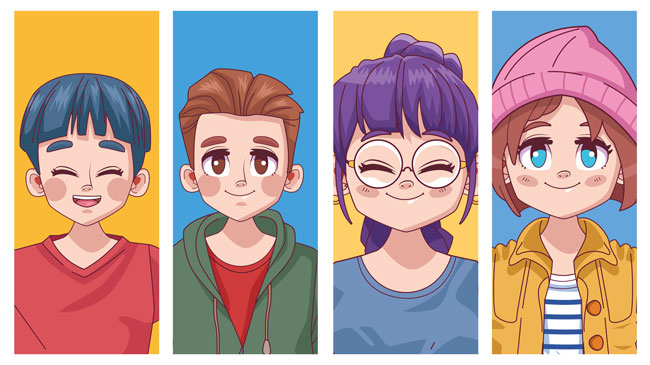
It’s clear to see that there is a strong link between Japanese pop culture and the LGBTQ community. When you step back, it is not hard to see the common themes between queerness, and gender expression in relation to the exaggerated fantasy worlds of Japanese video games and Anime. For many queer people, Japanese media offers a chance to explore queer-friendly narratives and characters. In a way, Japanese and queer culture have evolved together with one influencing the other. Most recently, we can see the influence of Japanese cosplay on things like drag and gender expression. With more and more video games, anime, and manga featuring queer-friendly content, it’s likely that this trend will continue in the future.

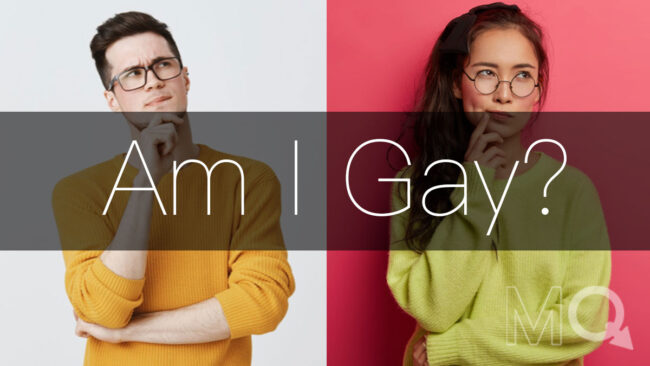

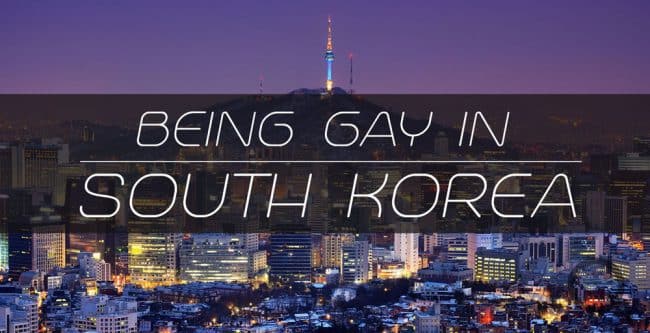
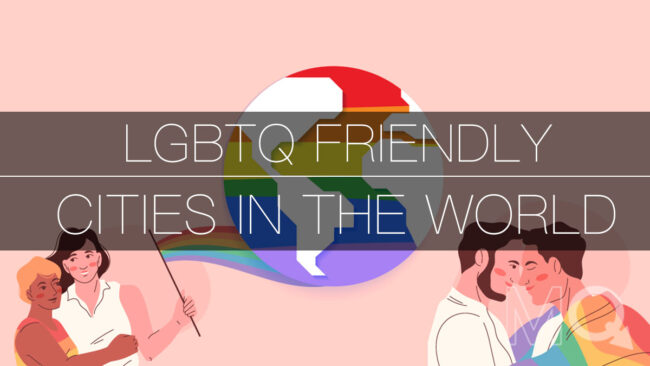
Responses